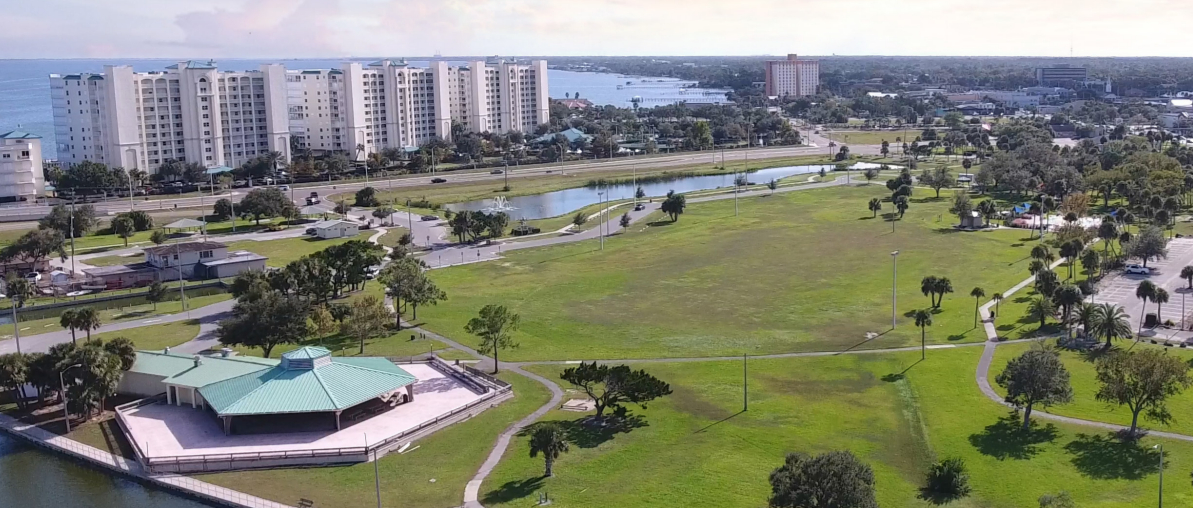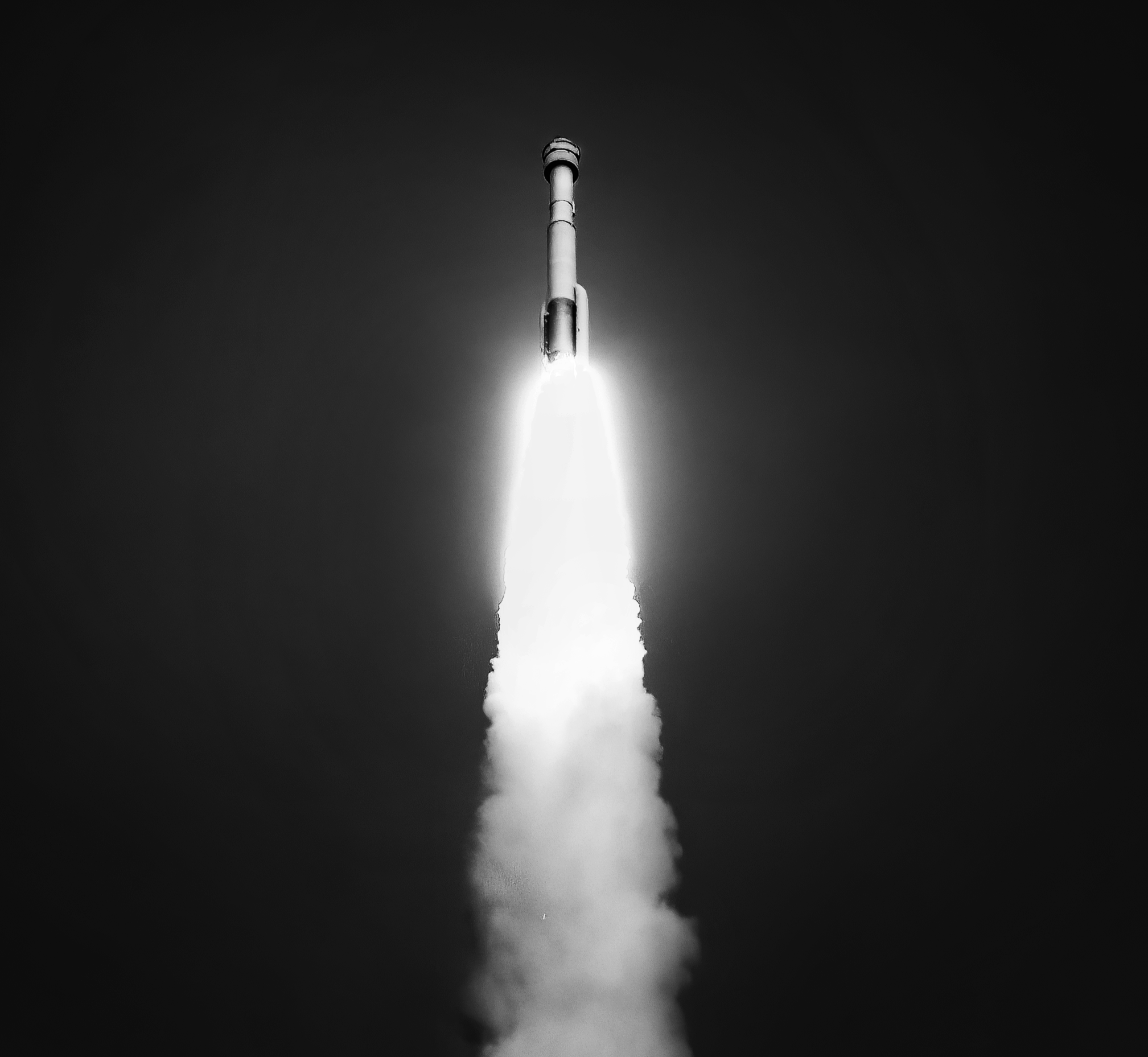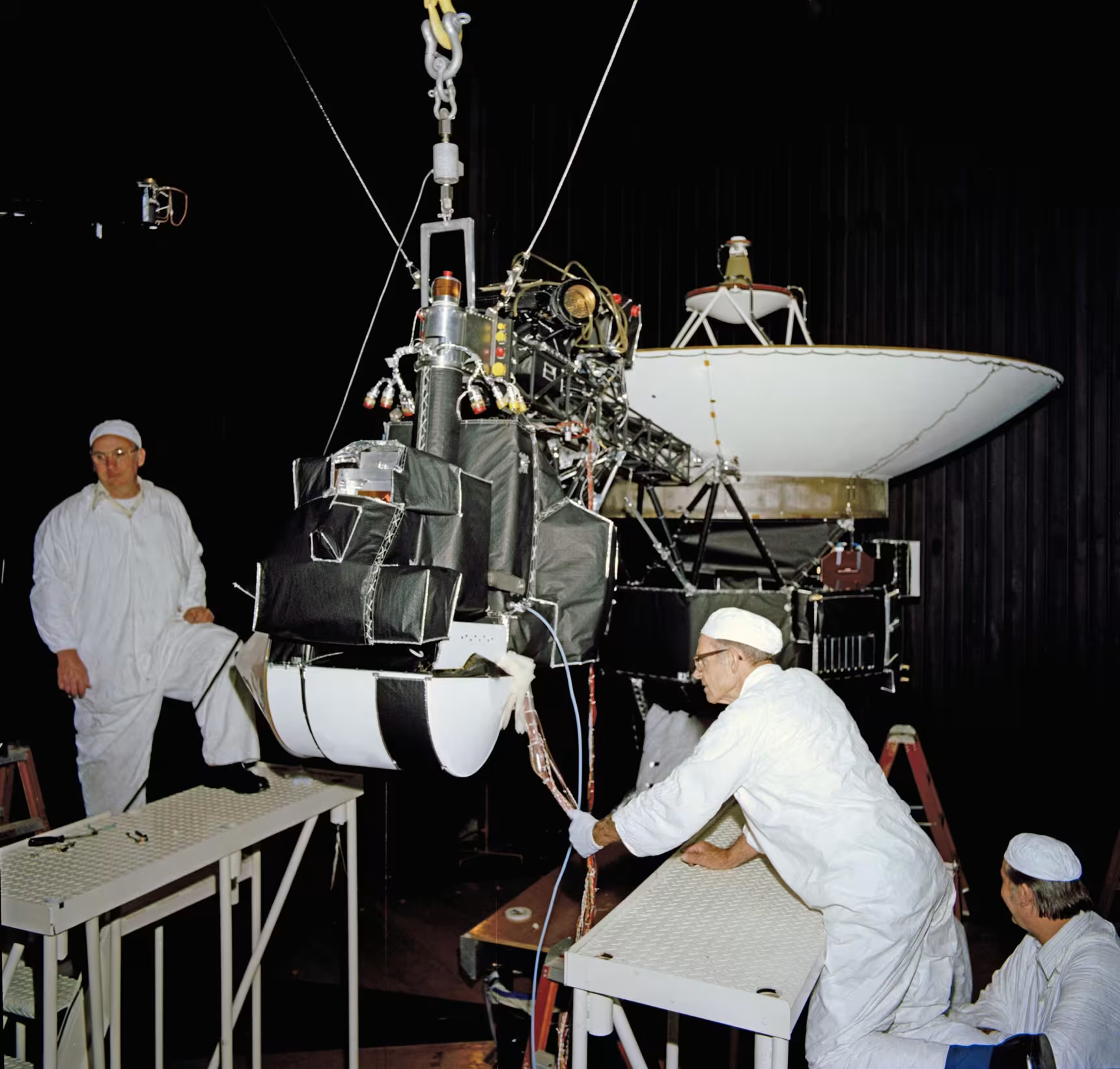Numerous payloads will be packed into the 5.2 m Falcon 9 fairing and deployed across nearly 90 min of mission time after reaching a Sun-Synchronous Orbit (SSO). The deployment sequence is determined by many variables including customer needs and satellite placement on the payload adaptor rings.
Payloads have specific volumetric constraints and interface with one of two rings, one with a 15 in diameter and the other a 24 in diameter. The larger ring allows for more volume, or a larger payload. Customers can also purchase the top slot, which allows for the largest possible payload on the mission. The 15-inch ring ports can support a payload mass up to 454 kg (1,000 lb) while the 24-inch ring ports can support up to a 830 kg (1,830 lb) payload mass.

Payloads included projects from Momentous, Satellogic, Nanoracks, Exolaunch, D-Orbit, and others
Outpost Demonstration Mission 1 (Nanoracks)
Nanoracks, which aims to provide affordable commercial access to space, in conjunction with Voyager will be launching the Outpost Mars Demonstration 1 (OMD-1). The demo aims to test and gather data on metal cutting in space and the reuse of abandoned space vehicles. Due to the difficulty of simulating microgravity in conjunction with a vacuum here on Earth, some experiments must be conducted in space.

A video camera will be mounted to a robotic arm, developed by Maxar Technologies, with a cutting wheel, which when commanded, will cut through three coupons of CRES 316 stainless steel. This stainless steel is the same material used on the United Launch Alliance Vulcan Centaur. The experiment is only set to last a maximum of one orbit before losing battery power. The cutting will be activated about eight to nine minutes after launch, before Second Engine Cutoff.
About 10 minutes later, once the experiment is complete, the team will downlink photo and video data to analyze the results of each of the three coupons. The resulting cuts are expected to be similar to each other, but there could still be differences. Previous cutting related experiments have been performed, specifically in the Apollo program, but none this sophisticated and with this method.
One of the biggest goals for OMD-1 is to cut metal without excess debris. Friction milling is the answer. Similar to friction stir welding, a technique used on many United Launch Alliance rockets, the cutting wheel heats up the metal to extreme temperatures. By doing so, the excess metal melts contrary to erupting from the material as macroscopic metal shards.
Three weeks prior to launch, the team mounted the payload onto the Falcon 9 upper stage. In an interview with Everyday Astronaut, Robbie Harris, Director of Advanced Concepts stated, “This is a unique mission for our company. We haven’t really done anything like this.” The mission will serve as a critical component to advancing Voyager and Nanoracks’ goal of converting upper stages into in-orbit outposts.

SELFIESAT
SelfieSat-1 is the first operational student satellite from Norway, built entirely in-house from off the shelf parts. Its bus contains a Raspberry Pi which serves as the payload computer for the satellite. The 1.8 kg satellite will, once deployed, extend a “selfie stick” which has a Raspberry Pi camera mounted on the end. Pointed back at the satellite, which has an LCD screen mounted on it, the camera will image the screen, satellite, and Earth.

Prior to launch, students in schools from around Norway submitted various images of themselves, pets, and friends to be stored on the satellite prior to launch. About one week after launch when teams in Norway have made contact with the satellite, the LCD screen will begin to display the stored images, take pictures of them, and beam the results back to Earth. Operations will be conducted from Trondheim, Norway with the team’s own ground station and radio tower.
One of the most critical components is the LCD screen. No LCD screen has ever been put in such harsh conditions; in a vacuum, in microgravity, and unfiltered sunlight. The SelfieSat team has spoken with NASA about the potential outcomes for the LCD screen, which will help NASA perfect the technology ahead of the Artemis program. This program could feature spacesuits or other instruments with externally mounted LCD screens.
Eventually, anyone from Norway and around the world will be able to upload their own images and, in return, received a picture of their image in space. SelfieSat will be able to survive 12 years in its 535 km Sun-synchronous orbit before reentering Earth’s atmosphere, but electrical components will fail before then. However, the public will enjoy the idea of bringing space down to Earth for as long as possible.
“We really wanted to inspire a new generation of space engineers in Norway because Norway doesn’t have many space opportunities like the United States,” said Orbit NTNU CEO Ulrik Falk-Petersen in an interview with Everyday Astronaut.

BRONCOSAT-1
Under the satellite service provider Momentous, BRONCOSAT-1 is a university designed satellite testing a new flight computer. Cal Poly Pomona (United States) constructed the 1.5U CubeSat which will host an NVIDIA Jetson nano GPU as it’s main flight computer. These smaller and cheaper flight computers will enable easier and cost affordable construction of satellites.
Capella 9
Shifting the focus to Earth, Capella 9, in conjunction with other Capella satellites, will be placed in orbit as part of an Earth observation system. Thirty satellites will eventually make up the constellation. Each satellite uses Synthetic Aperture Radar (SAR) imaging in the X band (8-12 GHz (gigahertz)). This band mainly provides data for urban areas and ice/snow monitoring as well as observations of vegetative decay. The X band does not penetrate vegetation easily and therefore can observe when vegetation is decreasing.
D-Orbit ION-SVC-006
The Como, Italy based company D-Orbit is launching their sixth satellite carrier vehicle on Transporter 5. D-Orbit has flown satellites on previous missions including Transporter 4. The ION Satellite Carrier weighs in at about 100 kg (220 lb) which deploys CubeSats from spring loaded dispenser pockets. The carrier can hold combinations of 1U, 2U, 3U, 3U+, 6U, 6U+, 12U, and 12U+ Cubesats as well as bolted payloads.
Other payloads
Numerous other payloads are also flying on Transporter 5 and serve a wide variety of services. These payloads include but are not limited to Vigoride VR-3, FOSSASAT-2E, Veery FS-1, Shared Sat 3, Planetum-1, Foresail-1, Spaceflight Sherpa-AC1, XONA Alpha, TROOP-3, GHGSat-C3,-C4,-C5, GHOSt-01,-02, STAR VIBE, KUbeSat, VariSat-1, PTD-3/Tyvak-0125, ICEYE US, Centauri 5, and CPOD A/B.













Leave a Reply